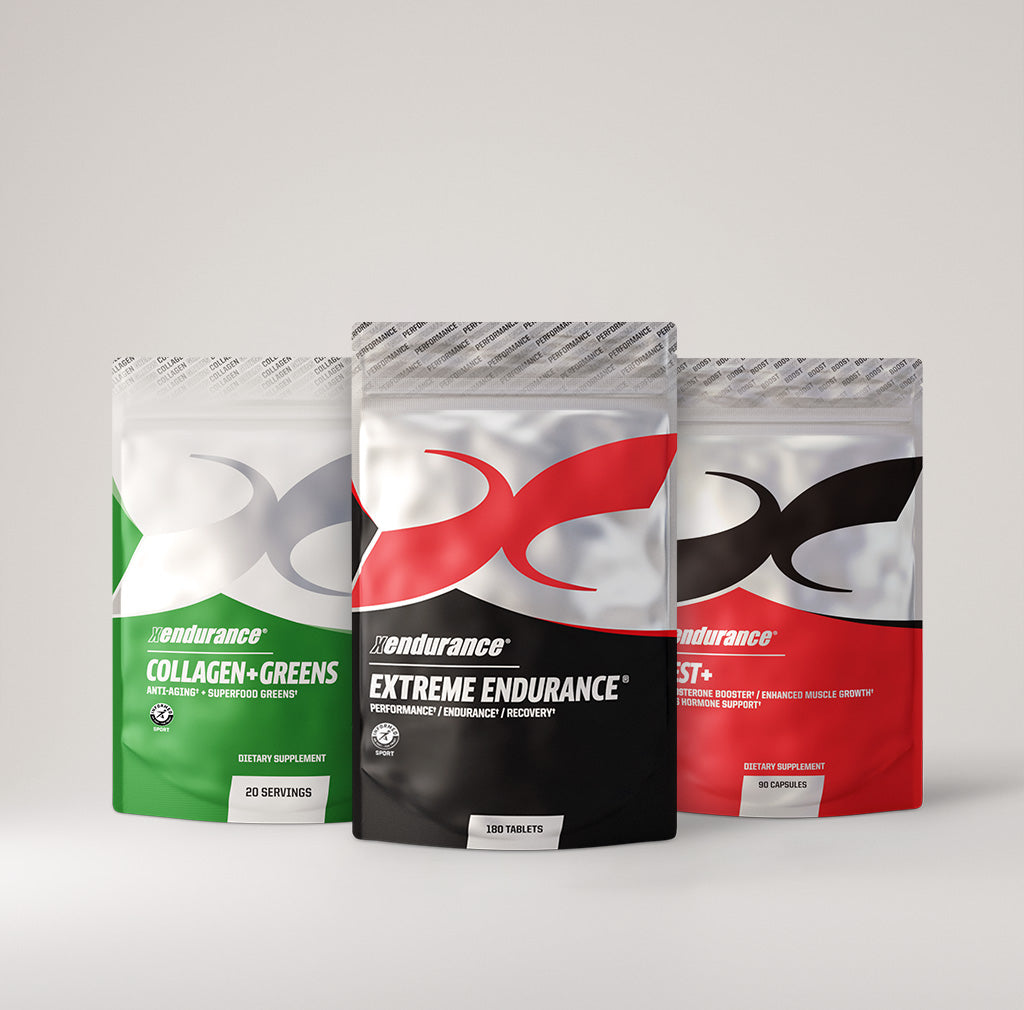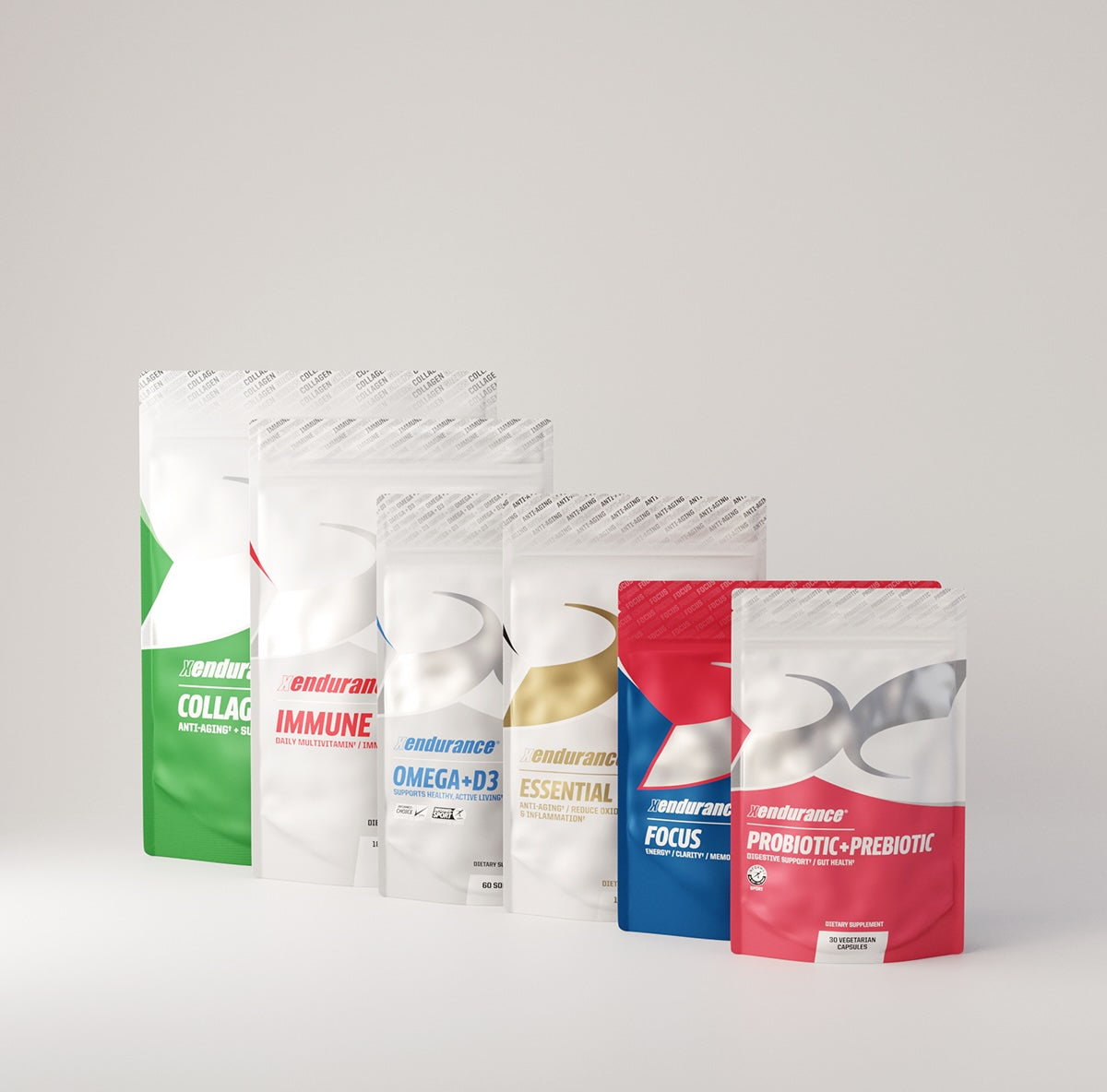Aging is an inevitable part of life, but what if we could slow it down—not just in how we feel, but at a cellular level? A recent study published in Nature Aging in February 2025, based on the DO-HEALTH trial, suggests that a simple combination of daily omega-3 supplements and regular exercise might do just that. This groundbreaking research has sparked excitement about how accessible lifestyle changes could help us maintain our health as we age. But what exactly are omega-3s, how much do we need to see these anti-aging effects, and what kind of exercise was involved? Let’s dive into the details and explore how you might adapt these findings to fit your own life.
What Are Omega-3s?
Omega-3 fatty acids are a group of polyunsaturated fats essential for human health. Our bodies can’t produce them on their own, so we must get them from our diet or supplements. They’re critical for building cell membranes, reducing inflammation, and supporting heart, brain, and immune system function. You’ve likely heard of omega-3s in the context of fish oil, but they’re also found in plant-based sources like flaxseeds and walnuts.
There are three main types of omega-3 fatty acids:
- ALA (Alpha-Linolenic Acid): This is the most common omega-3 in plant-based foods like chia seeds, flaxseeds, and hemp seeds. It’s a precursor to the other two types, but the body converts only a small percentage of ALA into them.
- EPA (Eicosapentaenoic Acid): Found primarily in fatty fish like salmon, mackerel, and sardines, EPA is known for its anti-inflammatory properties and benefits to cardiovascular health.
- DHA (Docosahexaenoic Acid): Also abundant in fish and algae, DHA is vital for brain health and development, especially in the eyes and nervous system.
The Nature Aging study used an algae-based omega-3 supplement providing 1 gram per day of combined EPA and DHA. This is significant because algae-based supplements are a sustainable, vegetarian-friendly source, bypassing the need for fish oil while delivering the same bioactive forms of omega-3s.
The Study: Omega-3s, Exercise, and Aging
The DO-HEALTH trial, conducted by researchers including Heike Bischoff-Ferrari from the University of Zurich, followed 777 healthy adults over 70 for three years. The participants were split into groups receiving different combinations of interventions: 1 gram of omega-3 daily, 2,000 IU of vitamin D daily, a strength-training exercise program, or a placebo. The goal? To see if these interventions could slow biological aging—the wear and tear on our cells, distinct from chronological age (the years we’ve lived).
To measure biological aging, the researchers used epigenetic clocks, tools that track changes in DNA methylation—chemical tags on DNA that influence gene expression and reflect how fast our bodies are aging at a molecular level. Four clocks were used: PhenoAge, GrimAge, GrimAge2, and DunedinPACE, each offering a slightly different lens on aging.
The results were striking. Participants taking 1 gram of omega-3 daily slowed their biological aging by 2.9 to 3.8 months over three years, according to three of the four clocks. When combined with 2,000 IU of vitamin D and regular exercise, the effect was even more pronounced, particularly on the PhenoAge clock, suggesting an additive benefit. While a few months might not sound like much, Bischoff-Ferrari noted that if sustained over decades, this could translate into meaningful improvements in healthspan—the years we live in good health.
Beyond aging, the study built on prior DO-HEALTH findings: omega-3s reduced falls by 10% and infections by 13%, while the trio of omega-3s, vitamin D, and exercise cut cancer risk by 61% and pre-frailty by 39%. These bonuses highlight omega-3s as a potential “neuroprotective” powerhouse—something that protects against age-related decline.
How Much Omega-3 Do You Need?
The study pinpointed 1 gram (1,000 mg) of omega-3s per day as the effective dose for slowing biological aging. This aligns with EPA and DHA combined, not ALA, since the body’s conversion of ALA is inefficient (only about 5-10% becomes EPA, and even less becomes DHA). For context, general dietary recommendations from organizations like the American Heart Association suggest 250-500 mg of EPA and DHA daily for heart health, often achieved by eating two servings of fatty fish (about 3.5 ounces each) per week. The DO-HEALTH trial’s 1-gram dose is higher but still considered safe—well below the 3-gram upper limit where side effects like bleeding risk might emerge.
If you’re not into fish, supplements are a practical option. The study’s algae-based omega-3s delivered 1 gram daily, typically split as 500-600 mg DHA and 400-500 mg EPA per serving. Check labels to ensure you’re hitting that mark, and consult a doctor if you’re on blood thinners or have specific health concerns.
The Exercise Component: What They Did
The exercise program in the study was a home-based strength-training routine: 30 minutes, three times a week. It focused on functional movements to build muscle and maintain mobility—key factors in healthy aging. Participants performed exercises like:
- Chair Stands: Standing up from a seated position to strengthen legs and core.
- Step-Ups: Stepping onto a low platform or stair to target quads and glutes.
- Arm Raises: Lifting light weights or using body weight to work shoulders and upper back.
- Balance Exercises: Standing on one leg or walking heel-to-toe to improve stability.
The program was designed for older adults, emphasizing low impact and accessibility—no gym required. It’s simple but effective: strength training preserves muscle mass, boosts metabolism, and supports bone health, all of which counteract age-related decline.
Adapting Exercise to Your Lifestyle
While the study’s routine is a great starting point, you don’t need to follow it exactly to reap benefits. The key is consistency and targeting major muscle groups. Here’s how you might tweak it:
- Busy Schedule? Break it into three 10-minute sessions daily. Do squats during a coffee break, push-ups against a wall, or calf raises while brushing your teeth.
- Prefer Cardio? Swap one session for a brisk 30-minute walk or bike ride. Cardio complements strength training by boosting heart health, which aligns with omega-3s’ cardiovascular benefits.
- Gym-Goer? Add resistance training with dumbbells or machines. Aim for two to three sets of 8-12 reps on exercises like leg presses or chest flies.
- Limited Mobility? Use resistance bands or do seated exercises. Even light movement, like leg lifts from a chair, can build strength over time.
The beauty of this approach is its flexibility. Start where you are—whether that’s five minutes or 30—and gradually increase intensity. Pair it with omega-3s, and you’re mimicking the study’s formula in a way that fits your life.
Why It Works—and Caveats
Omega-3s likely slow aging through multiple pathways: reducing inflammation, protecting cell membranes, and even lengthening telomeres (DNA end-caps that shorten with age). Exercise amplifies this by enhancing circulation, muscle repair, and stress resilience. Vitamin D, though less impactful alone in this study, supports bone health and immunity, rounding out the trio’s effects.
But it’s not a magic bullet. The study’s participants were healthy Swiss adults, so results might differ for other populations or those with chronic conditions. Epigenetic clocks, while cutting-edge, aren’t perfect predictors of lifespan or disease risk—think of them as a promising but evolving tool. And three years is a snapshot; we don’t yet know if these benefits compound over decades.
Bringing It Home
So, can daily omega-3 supplements such as Xendurance’s Omega+D3 and regular exercise slow aging? The Nature Aging study says yes—at least by a few months over three years, with potential for more when paired with vitamin D. It’s not about stopping time but extending your healthspan, giving you more vibrant years. Start with 1 gram of EPA/DHA daily—fish, algae supplements, or both—and commit to 90 minutes of strength training weekly, adapted to your routine. It’s simple, affordable, and backed by science.
As researcher Steve Horvath put it, “70 is the new 50”—not a cure, but a step toward aging on your terms. Why not give it a try? Your cells might thank you.









Leave a comment
This site is protected by hCaptcha and the hCaptcha Privacy Policy and Terms of Service apply.